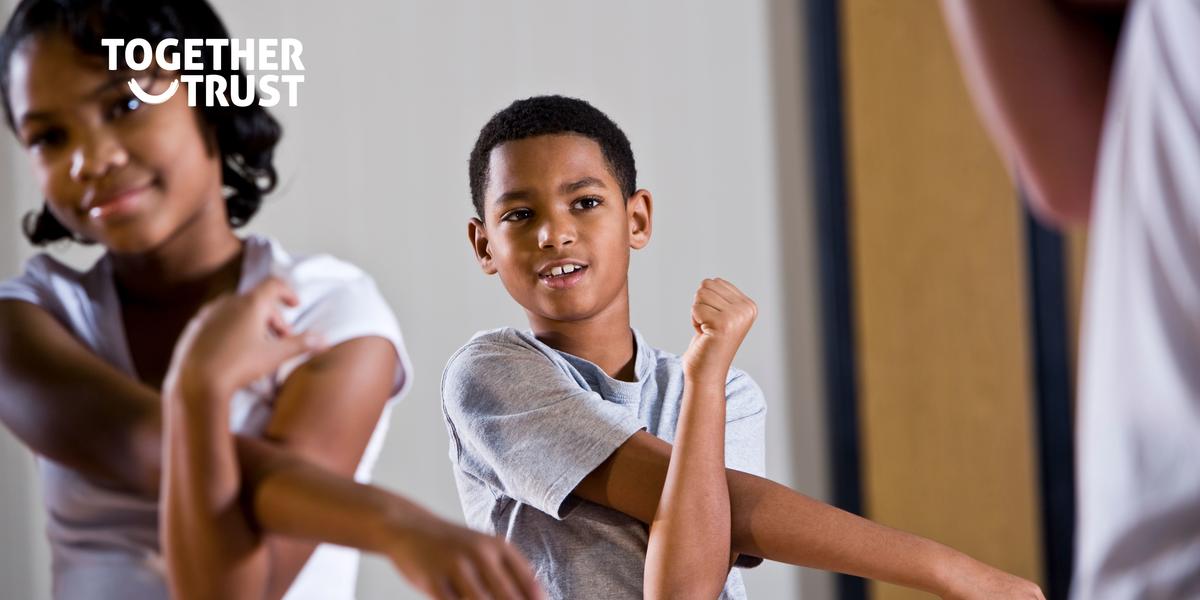Sleep tips: Exercise and daytime activity

People sleep significantly better and feel more alert during the day if they get at least 150 minutes of moderate to vigorous activity a week. Exercise is beneficial to both physical and mental health and increases your child’s need for sleep.
The relationship between exercise and sleep is a reciprocal one. It’s easier for your child to sleep when they have been active, and it’s easier to be active after a good night’s sleep.
Exercising is an energising activity that raises the core body temperature. About two hours before bed, core body temperature lowers, which signals to the brain that it’s time to fall asleep. Therefore, your child should avoid being active or exercising two hours before sleep.
Top tips
• Be aware of reduced opportunities available for children to play outside compared to your own childhood.
• Look at ways to build in opportunities for at least 30 minutes of physical activity during the day: Organised after school clubs, sports clubs, swimming lessons, cadets, Cubs, or Brownies may be an option:
‣ Most leisure centres offer under 16’s gym facilities.
‣ Follow a map or trail around the countryside or gardens.
‣ Plan local routes with Google Maps.
• In school holidays, compensate for the lack of school breaktimes by adding activity into your child’s day, such as walking the dog, walking to the local shops, and family bike rides.
• Use an activity tracker, such as Fitbit or mobile apps, to track activity levels.
• Tidy away toys at bedtime or cover them over, so they aren’t a distraction.
• Discourage doing homework in the bedroom or at least not on the bed. Put away schoolbooks before bedtime.
• Ensure your child only links their bed with sleep. For example, avoid playing on the bed, gaming whilst lying on the bed, and having toys on the bed.
• Stretching activities, like yoga, can also relax your child’s mind and body before bed. Do these as part of your child’s bedtime routine before they have supper.





